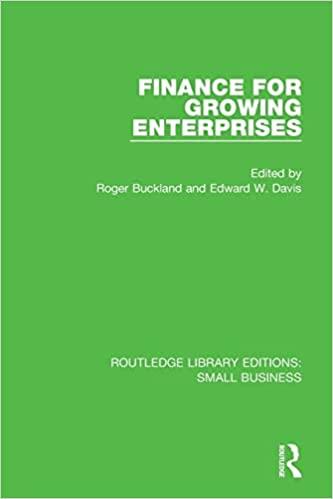Question
The spot price of gold is currently $1,900 per ounce. A 6- month futures contract is priced at $1,930 per ounce, and the annual risk
The spot price of gold is currently $1,900 per ounce. A 6- month futures contract is priced at $1,930 per ounce, and the annual risk free rate is currently 2.00%. Assume there is no cash flow on the underlying, storage cost, or convenience yields. Which of the following best describes the situation?
-
The futures price is as predicted by the cost-of-carry model and no arbitrage is possible.
-
The futures are overpriced and you should do reverse cash and carry arbitrage (long position in underlying asset combined with a short position in the futures contract).
-
The futures are overpriced and you should do reverse cash and carry arbitrage (long position in the futures combined with a short position in underlying asset)
-
The futures are underpriced and you should do reverse cash and carry arbitrage (long position in the futures combined with a short position in underlying asset).
The spot price of corn in the U.S. is currently $7.72 per bushel. The July 2022 futures contract is currently quoted at $7.98 per bushel, and 3-month LIBOR (a proxy for the rate at which you can borrow or lend) is currently 1.20% per annum. Clearly the futures price is not in accordance with the basic cost-of-carry model, Fo(T) = So(1+r)^T. Why might arbitrage in this situation nevertheless prove difficult?
-
The cost of storing corn is high
-
There is no established mechanism to sell corn short in the cash market.
-
There is a substantial convenience yield associated with holding corn.
-
You face substantial counterparty risk in the futures contract.
Step by Step Solution
There are 3 Steps involved in it
Step: 1

Get Instant Access to Expert-Tailored Solutions
See step-by-step solutions with expert insights and AI powered tools for academic success
Step: 2

Step: 3

Ace Your Homework with AI
Get the answers you need in no time with our AI-driven, step-by-step assistance
Get Started


